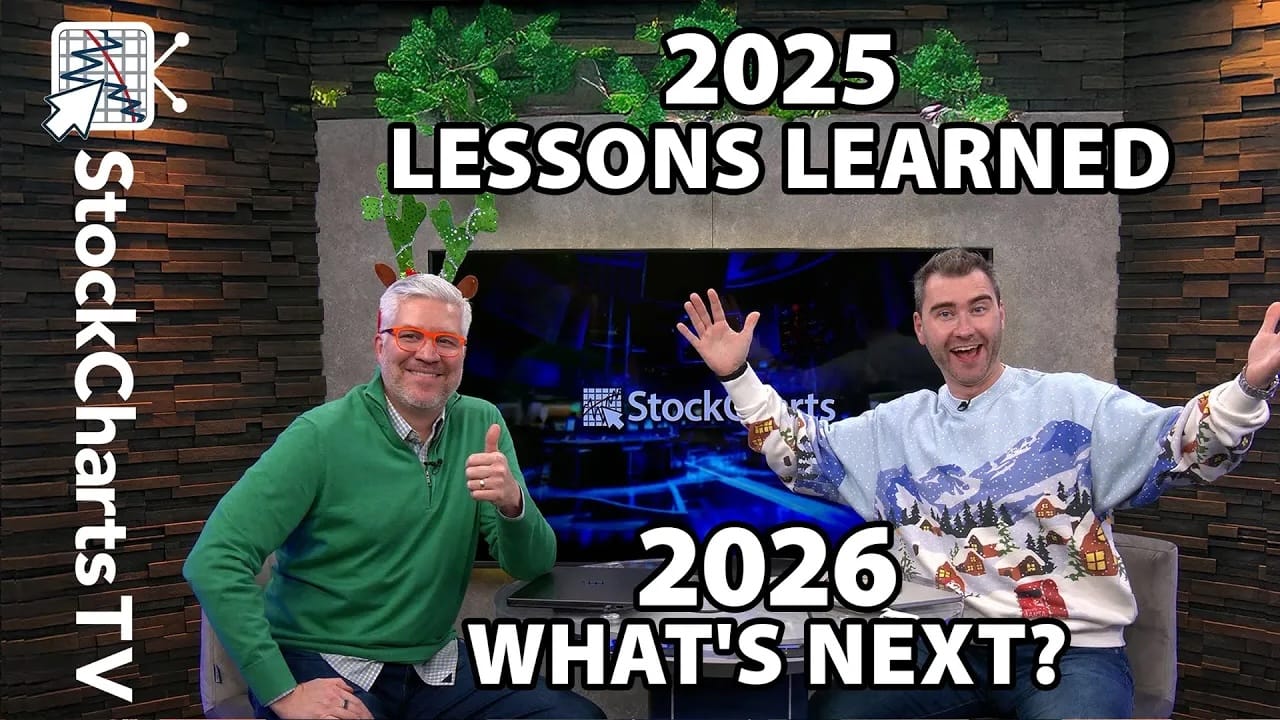NYSE COMPOSITE INDEX HITS RECORD HIGH -- IT'S THE FIRST U.S. INDEX TO REACH A NEW RECORD -- THE OTHERS AREN'T FAR BEHIND -- THE NYSE BULLISH PERCENT INDEX IS ALSO IN UPTREND -- SO IS THE % OF NYSE STOCKS OVER 200-DAY MOVING AVERAGES
NYSE INDEX TRADES AT NEW RECORD... Last Saturday's message showed the NYSE Composite Index ($NYA) testing its all-time highs formed over the last year. Chart 1 shows the NYA trading above those highs in record territory in morning trading. I take that as a positive sign for the U.S. stock market which has lagged behind foreign shares since the start of the year. Other U.S. stock indexes like the Dow and the S&P 500 are nearing their highs as well. Assuming today's upside breakout in the NYSE Index holds through its close, that would be a positive sign for the U.S. market as a whole. The NYA includes all common stocks (in excess of 2000) traded on the New York Stock Exchange. I suspect there at least two reasons why the NYA is the first of the U.S. indexes to reach new highs. One is the fact that it's a much broader index than the Dow and the SPX, and includes more mid and small cap stocks which are also hitting new highs today. A second reason is that at least 360 of its listings are foreign stocks which have also been strong of late. The FTSE All World Index (which includes the U.S.) recently hit a record high. I believe that it's just a matter of time before the U.S. market follows it higher. Chart 2 shows a point & figure version of the NYSE Index. The green X to the upper right shows today's upside breakout. A p&f buy signal takes place when the last X column of rising prices rises above a previous X column. Today's upside breakout shows the NYSE exceeding four previous X columns at 11100 which is a strong signal. [A p&f chart shows alternating columns of X's and O's. The X column represents rising prices, while the O column shows falling prices]. The main advantage of the p&f chart is that it provides more precise buy and sell signals.

(click to view a live version of this chart)
Chart 1

(click to view a live version of this chart)
Chart 2
NYSE BULLISH PERCENT INDEX IS RISING... The percent of NYSE stocks in point and figure uptrends is also rising. Chart 3 shows the NYSE Bullish Percent Index trading at an eight-month high after bottoming last October. The BPNYA is still well below the previous peaks formed in 2013 and 2014 near 75 and 80. That suggests to me that it still has a long way to rise before reaching an overbought and potential resistance level. Chart 4 shows a p&f version of the same index also in an uptrend. The last "buy" signal was during February at 62. [The red numbers represent calendar months]. The last box marked "4" represents April gains. Notice that the last box has also exceeded the falling 45 degree resistance line (red line). That's another sign of strength.

(click to view a live version of this chart)
Chart 3

(click to view a live version of this chart)
Chart 4
NYSE PERCENT OF STOCKS ABOVE 200 MOVING AVERAGES ALSO RISES... The point & figure boxes in Chart 5 show the percent of NYSE stocks trading above their 200-day moving average (plotted through Tuesday) in a clear uptrend. It has also risen above the falling 45 degree resistance (red line) extending back to last July. That July peak marked the start of a ten-month consolidation pattern in the NYSE Index itself. The p&f boxes bottomed last October along with the NYSE. The % of NYSE above their 200-day average is now at the highest level since last September (62%). The percentage number generally fluctuates between oversold readings near 30% (last October) and overbought readings near 80% (last July). It has a long way to go before it reaches overbought territory. Today's potential upside breakout in the NYSE Composite Index suggests that U.S. stocks may be getting ready to rejoin the global stock bull market. Upside breakouts in other U.S. stock indexes are still needed to confirm today's potential upside breakout in the NYSE. [Note: At major upside breakouts, I look for at least two things to determine if the breakout is valid. One is a daily " close" above a previous resistance level. The second is a Friday breakout on a weekly chart].












